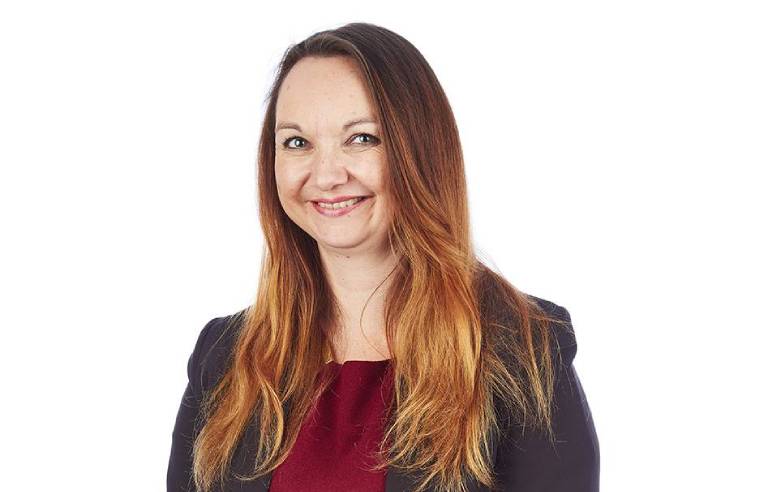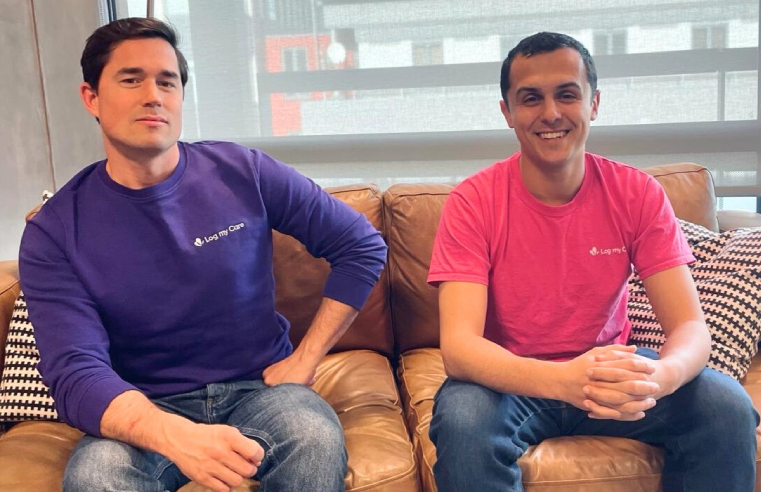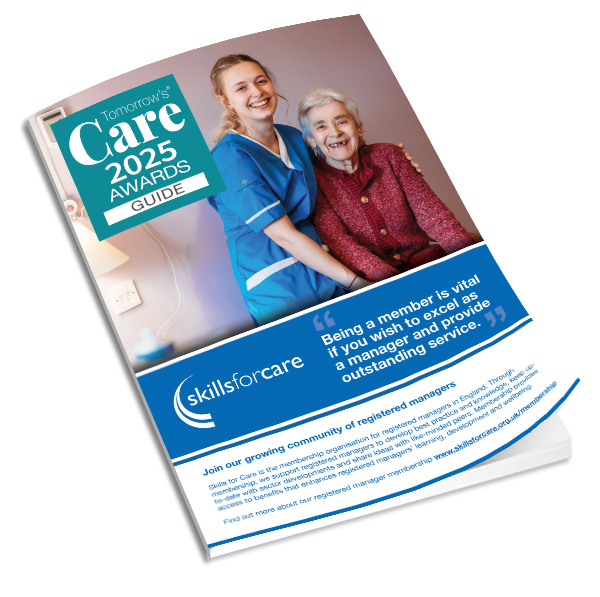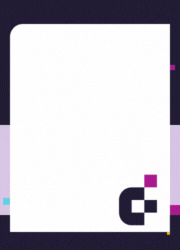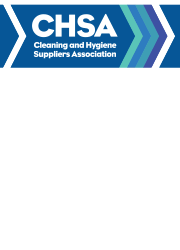Mark McCarthy, CFO at Zupa.
With an average turnover rate of 26%, care homes continue to face a barrage of issues around the recruitment and retention of staff. Brexit has no doubt been a contributing factor and has had a damaging effect on the industry, especially as most care homes rely heavily on recruiting staff from overseas due to the typically low rates of pay. Of course, working within the care sector can be tough mentally and physically, which from a recruitment perspective, can make finding suitable candidates, challenging.
Likewise, retaining staff once they are through the doors is no easy feat. A recent survey found that 97% of care workers said that their employer is currently experiencing staff shortages as a result of burnout, stemming from being overworked and underpaid. Add to this the ongoing impact of the pandemic, and it’s not difficult to see why attracting new people to the care sector is so incredibly problematic.
Right now, the pressure on care homes is mounting due to the continued rise of inflation. Care providers that rely on Local Authority care fees will struggle the most, especially as the prospect of suppressed annual fee increases from April, looks likely. The spiralling cost of food and other supplies as well as rising energy costs, also suggests there will be little left in the pot when it comes to reviewing rates of pay for staff.
A juggling act
The key then, is for care homes to look for ways to avoid overspend, control costs and reduce time spent on admin by already over-stretched staff. Basic staff rota planning systems do exist in care homes, but most are overly complex and prone to human error, which could result in incidents of under or overstaffing. Traditionally, care homes have always managed resident records and care plans manually. These outdated paper-based processes make delivering quality care harder, because staff have to juggle providing the physical care and medication, with writing everything down in individual files. This is hugely time intensive and detracts from the delivery of the care itself.
The same can be said for ordering goods and services. This is usually a manual practice, involving physical stock taking of foods, medicines and equipment, followed by writing up and placing orders over the phone or via email. This costly and inefficient way of working is still very much prevalent in care homes today.
Creating change in an industry steeped in traditional process, can be challenging. Despite its potential to save money and free up time, there are several barriers to the adoption of new technology within the care sector. The first, understandably, is cost. There is a common perception that new technology is hugely expensive, difficult to implement and maintain and, that it is difficult for staff to use. Often, the reverse is true.
Switching the focus back to care
Most new technology is cloud-based. This means that care providers are more likely to be able to afford to adopt new systems. In the case of cloud-based eProcurement systems, there is no capital upfront expenditure and the cost of using the system is charged on a subscription basis, meaning it works on a pay as you go model, based on a number of locations or a percentage of spend, for example. Using efficient, intelligent and easy to use technology to simplify admin tasks will allow staff to focus on providing the best possible care for their residents, whilst the care provider saves time and money in the process.
Using the right technology holds the key to tackling some of the complex challenges associated with recruitment and retention – time and money. Using technology to automate processes, means staff will be able to spend more time doing the job they are passionate about, such as providing the best possible care to residents, or in the case of the catering team, serving appetising and nutritious food. This is far more rewarding for staff than spending hours on manual admin tasks and mountains of paperwork.
Improved care can be delivered through the use of electronic care plans and medication management tools. Likewise, better food can be delivered through the use of eProcurement systems, as both types of technology help care providers to plan recipes, manage quality, compare costs and only spend what they need to. Using intelligent, fit for purpose technology should always pay for itself. For example, technology that provides live comparisons on prices and products, and identifies issues before they arise, makes life easier for front line staff. The less time spent on the phone or filling out forms, the better the quality of care and service. Identifying cost savings in advance of making purchases, will undoubtedly have a knock-on effect on the bottom line and the care provider’s ability to review and increase rates of pay.
Freeing up time will improve retention
eProcurement systems often use Electronic Data Interchange (EDI) to help make purchase ordering and supplier invoicing processing a more time-efficient, paperless process. An intelligent system will also link ordering and stock rooms together, providing predictive ordering, thus avoiding over surplus of stock. This in turn, will save the catering team time so they can focus on quality of food provision.
Simple things like setting daily alerts and integrating reporting to help manage issues as they arise, means providers can address issues quickly and efficiently. Technology can also help to reduce carbon footprint, as operational staff will be travelling less due to alerts and reporting pre-highlighting where specific issues are. This saves time and resource around having to travel to each home or location to find out what the cause of an issue is.
The pandemic has increased the need for digitisation. Technology for care homes will continue to evolve in the future with the objective of saving time and money not to mention improving staff retention. The industry should expect to see the introduction of acoustic monitoring systems, especially at night, when staffing levels are lower than during the day – this will help care staff identify those residents who may need additional support during these hours. Ideally, we should also expect to see collaborative NHS and Care Sector technology projects being trialled and implemented to create a central link between GP surgeries, hospital patient records and care homes, to help improve resident care across the board.
Evolving technology for care homes
The care sector will continue to embrace the use of mobile technology to assist care teams in recording delivery of care and medication at the point of care. Catering teams will be able to plan recipes for their resident meals and carry out stocktakes with a handheld device as opposed to using paper lists or being sat in front of a computer.
There is enough pressure and burnout reported within the sector, so most importantly, technology should be there as a lifeline for the care industry. It should support care homes in their mission to provide a better service to residents and a better working environment for staff. Technology is there to make lives easier, not more difficult. If managers and care teams have accurate information at their fingertips, they can free up time and money by making more informed decisions and ultimately, create longevity within the retention of their future workforce.









